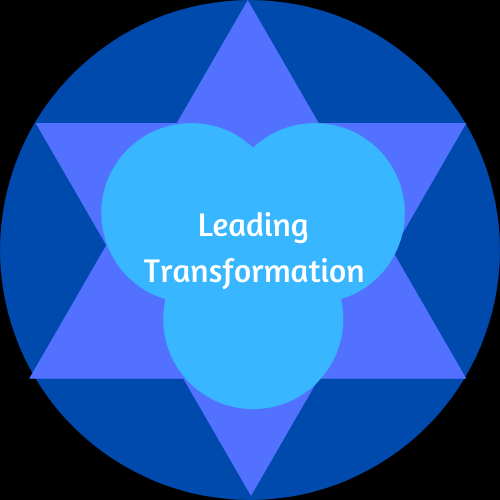Premise
I was catching up with a friend who was recently promoted to a manager. He wanted to understand how can he transform the team, which was doing decent work, into a high performing team. I thought about it deeply and here is what I shared with him as the foundation upon which high performing teams are built.
Companionship or camaraderie
The most foundational aspect that is common across all high performing teams is a sense of companionship. People on high performing team are usually friends and get along well. They like being together and have learnt to work well together.
They understand know how each member of the team functions, what their strengths are, where they are weak and need support, etc. They also know that they can trust their colleagues enough to be vulnerable and ask for help or support when needed.
Sometimes, this sense of companionship evolves by itself. However, most of the times, it is a result of intentional work being done by the leader to bring people together. Leaders can do that by modelling the behaviour that they want their teams to adopt.
They create situations where people can build these bonds and for trust to grow between people. They facilitate conversations or conflicts that end in people on the team getting to know each other better and begin to work better together.
Commitment
All camaraderie with no commitment to excellence can lead to serious issues like group think and many other known biases. So, once we know that we have a team that trusts each other and is willing and able to work well together, then it is the responsibility of the leader to commit to excellence and high performance.
It is not enough for the leader to make that commitment, the entire team needs to make that commitment. This kind of commitment can only come when everyone on the team understands what does this commitment look like for each one of them individually and for the entire team as a unit.
Defining and sharing a vision of what high performance (at a team level and at an individual level) is the role of the leader. This also means that everyone on the team knows what is their role in this high performing team and how their work and performance affects the entire teams performance.
True high peformance needs the commitment of the entire team to that vision as defined by the leader (sometimes by themselves and most likely in consultation with the entire team, after sharing what is expected of the team in the broader context within which the team operates).
Culture
It is not enough to commit to high performance as defined in the last step. It is also important to create the culture which not only supports high performances but expects and enables it.
The way we can do that is by creating rituals (how we run meetings, how we resolve conflicts, how do we ask for support, how we show up for each other, etc), symbols (rewards and recognition other than money) and systems or structures (could be IT systems or decision making systems or any hierarchies that are needed to be created or removed).
As is commonly known, we dont raise to our ambitions, we fall to our systems and culture.
In conclusion
In conclusion, these three conditions are necessary but not sufficient for transforming teams into high performing units.
There are a lot of other things that a leader needs to take care of
- Hiring for missing skills
- Letting go of people who don’t fit it,
- The ability to give critical and constructive feedback
- Holding them all to a very high standard
- Being aware of what’s happening in people’s lives that could affect their performance
- When to take some load off of people and when is it ok to put a bit more pressure
- To model the behaviour and high performance that we expect from the team
- Able to reward the team meaningfully when they exceed the expectation
- Take care of their ambitions, etc.
This list is non-exhaustive. There is so many things that go into keeping a team performing at a very high level, consistently over a long period of time. However, the three C’s (Companionship, Commitment and Culture) that I have shared here form the foundation on which all the other actions can sit to enable and sustain high performance.


